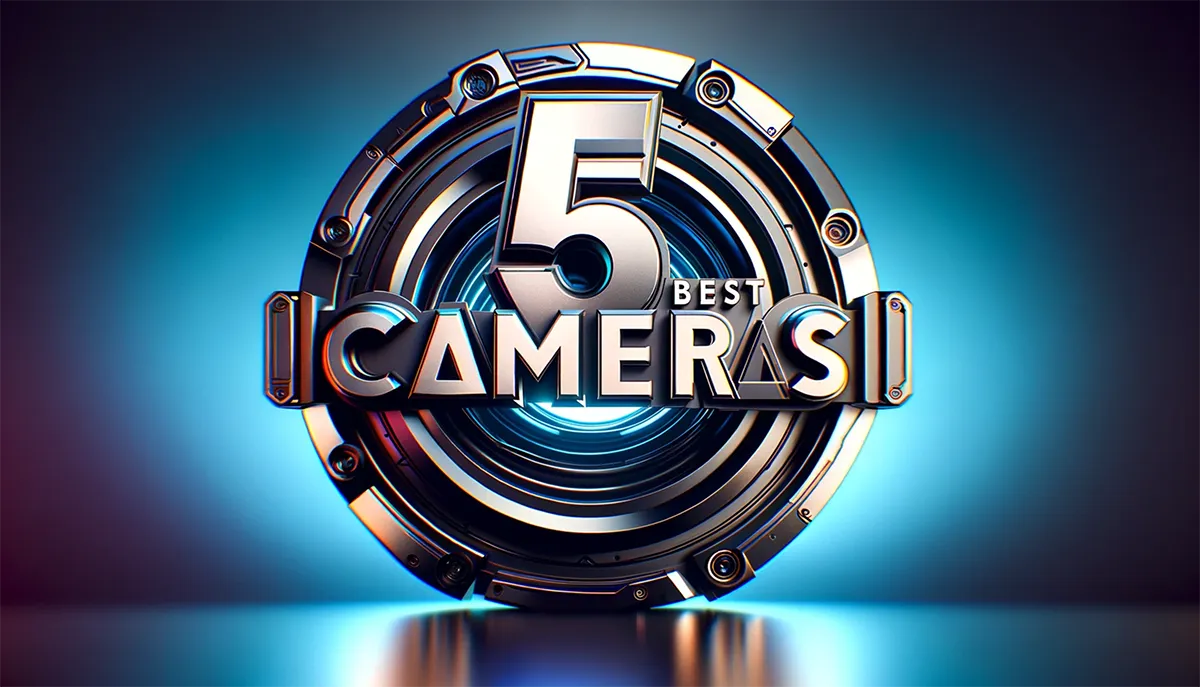
The dynamic landscape of product photography continues to evolve rapidly. As we step into 2024, it’s crucial to stay abreast of the latest camera technologies and models that can transform the way we capture products. Since I got into product photography, I have lost track of how many new innovations I have seen emerge.
This article provides an updated guide to the best cameras for product photography in 2024, reflecting the latest advancements and market trends.It does not matter if you are into product photography or still life photography. New ideas and photography equipment pop up all of the time.
Expensive Investment
Setting up a product photography studio and business can be expensive. Watching your start-up budget is essential when you want to make a go out of your photography business.
Not only do you need a good camera, but you also need to invest in lenses and lighting modifiers. Your camera is a vital business investment. Let’s take a look at the best cameras for product photography in 2022.
The Evolution of Product Photography Equipment
The world of product photography has witnessed significant technological strides. New camera models have emerged, offering enhanced features such as improved sensor quality, advanced autofocus systems, and superior video capabilities.
These innovations not only enhance image quality but also expand the creative possibilities for photographers.
Criteria for Selecting the Best Cameras
When selecting a camera for product photography, it’s essential to consider factors like image resolution, lens compatibility, and ease of use. Balancing budget constraints with the need for high-quality images is also a key consideration for photographers in 2024.
1) Sony Alpha 7R IV
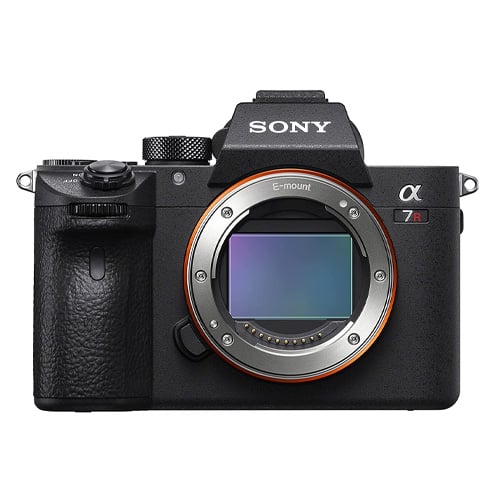
I have always liked Sony as a brand. It is one of the few brands that continues to develop new innovative cameras. The Sony Alpha 7R IV is one of the best cameras I have used as a photographer. It is great for many different genres of photography.
If you like to shoot something different than just products when you are not in your studio, you can rely on this camera to deliver. The Alpha 7R IV is also great for landscapes and portraits. Perhaps you like doing photography as a hobby. If so, this is one of the best cameras you can buy. A good description for the Alpha 7R IV is a cross-over camera.
The ISO performance you get with the Alpha 7R IV is second to none. At high resolution, it offers fantastic burst shooting. This is something that all product photographers rely on. When you are snapping professional model images, it really brings the images alive.
The Alpha 7R IV also offers a 4K 30p 60p and 120p video function. If you are just getting into product video photography, it is a great start. I know that many clients want product photography videos these days.
It is great to have this function. But, at the same time, I still feel this is a much better camera for shooting still images. Although I have to say that the video photography quality is excellent
As with all things Sony, you can rely on the build quality. The first time I held the camera in my hand, I felt that it is a well-built camera. It feels comfortable to hold and you can work with it for a long time. But, I have to point out that if you have large hands and work with larger lenses, you may experience what I like to call cramped finger syndrome. Your fingers can get jammed against the barrel.
Sony has always enjoyed a fantastic track record when it comes to full-frame mirror cameras. The Sony Alpha 7R IV is not any different. When you are looking for a camera that lets you capture an amazing amount of detail, this is an amazing camera.
All things considered, this is a very good camera. The images it produces are perfect for product photography. Okay, the price tag is less than perfect. The Sony Alpha 7R IV will cost you in the region of $3,500. That is just for the body of the camera. If you are starting out in product photography, that is a fairly hefty price to pay but an excellent investment.
Pros:
- 61-megapixel Exmor R CMOS sensor provides stunning detail and enlargements
- High speed shooting of up to 10 fps
- 567-point phase detection autofocus for accurate focusing
- 4K video recording capabilities
- ISO range of 50 to 102,405 for low light photography
Cons:
- Expensive compared to other full frame cameras
- Not the best battery life compared to other mirrorless cameras
2) Nikon z9
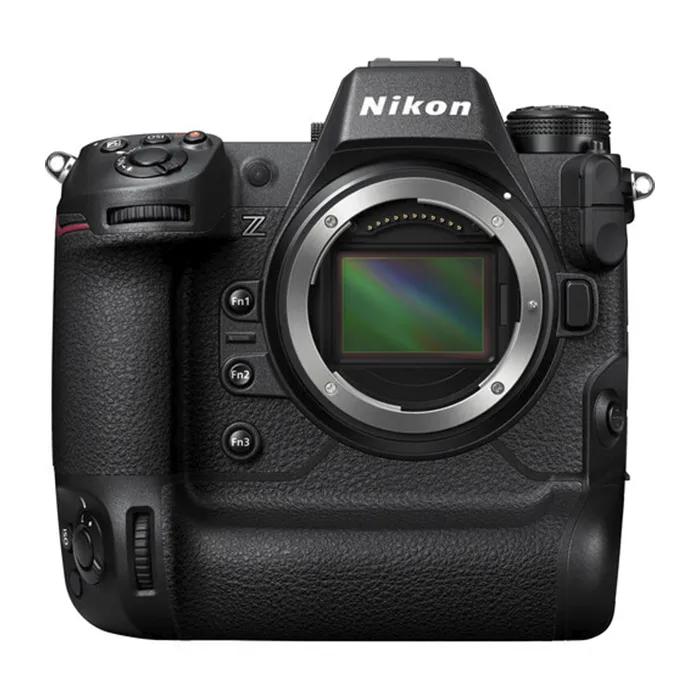
Nikon is one of the biggest players in the photography and camera industry. It produces a great range of cameras for both professional and hobbyist photographers.
If you are thinking about upgrading your current camera or buying your first camera for product photography, the Nikon Z9 is a good option. It is by far one of the most exciting cameras that Nikon has ever produced.
The Nikon Z9 has been built around what is known as a Stacked CMOS sensor. That is what gives the camera its fantastic performance. It offers an excellent burst rate and readout speed. On top of that, you can rely on it for AF updates and high-quality video performance.
As a product photographer, you will also appreciate it is flash sync rate which is an amazing 1/200 seconds. There are very few cameras that can manage this sync rate when it comes to flash.
While still maintaining image quality, the Nikon Z9 delivers JPEG images at 30 frames per second. That is all great, but I think it is worth pointing out that if you would like to shoot Raw, the frame rate drops down to 20 frames a second. That is rather a considerable drop.
When it comes to video, a generous range of capture features are available. The rolling shutter performance is not as great as when shooting stills, but it is still good. I would certainly say that it is above average and is not going to disappoint.
The camera feels good in your hand. One of the features I like is that the function buttons are backlit which makes the camera easy to operate in dark studio conditions. If you are working outside in the dark, the backlit feature is also a great function to have.
If this is your first pro-level camera, you may find it a little bit daunting. The camera is very responsive. Personally, I think that is one of its features that makes the camera a great choice if you are new to video photography. Compared to many of the new cameras out there, the Nikon Z9 is heavier. You will notice this when you have been working with the camera for a while. Still, it is a good camera and it deserves to be part of this list.
Pros:
- 24MP BSI CMOS Exmor RS sensor
- Autofocus system with 493 phase detection points
- 9 Cross-type sensors
- 8K Videos @ 30fps
- Continuous shooting of up to 15 fps in Sports Mode
- Durable magnesium alloy body
- 7Mp full frame sensor
Cons:
- Expensive compared to other full-frame cameras
- Poor battery life
- Large body and heavy
- Hard to adjust camera’s ISO
- No mechanical shutter is available
3) Canon EOS R5 Mirrorless Camera

Canon is another good brand worth considering when you are thinking about buying a camera. I have always liked Canon. The brand offers both experienced and newbie photographers a great choice of cameras. It is certainly worth your while to explore the range of cameras that Canon has to offer.
On occasion, I feel that Canon cameras are a bit “gimmicky.”
It is important to appreciate that Canon cameras are not cheap. They do have a bunch of technical features. If you have the time and patience to explore them, you will find them useful.
Most product photographers rely on autofocus. The autofocus quality on the Canon r5 is second to none. It offers high resolution both when it comes to still and video photography.
This autofocus function is perhaps why Canon cameras have become known as the workhorses of the industry.
Yes, it is really a workhorse. I guess you can say that even the Canon r5 mark ii can turn its hand to almost anything as far as photography is concerned. It is a good camera to work with both inside under studio lights and outside as well.
If you spend a lot of time holding your camera in your hand, you are going to like the Canon r5 Mark ii. It really does feel comfortable in your hand.
Canon cameras have always had a problem with overheating. Having fans is a great idea, but the camera still seems to get got. If you already own a Canon camera, you will probably know that it has a habit of shutting down.
One of the redeeming features of the Canon r5 is that it is relatively easy to set up. If you don’t have a lot of experience in setting cameras up, and you are new to product photography, this is a good camera for you.
The stills mode speed is impressive. When you want to shoot a large number of frames, I think that this is a good camera. For product photographers that take a lot of stills, it is probably one of the best cameras on the market. As far as video goes, I think the camera leaves a little bit to be desired. If you are looking for a camera that can handle both still and video, it could be worth considering one of the other cameras on this page instead.
Pros:
- 45MP CMOS sensor
- Dual card slots for RAW images
- Autofocus system with up to 5,940 focus points
- 4K Video @ 60fps
- Up to 8 stops of image stabilization
- 12fps/20fps continuous shooting with continuous AF
Cons:
- Expensive compared to other full frame cameras
- Poor battery life
- You will need a lot of storage for 8K videos
4) Fujifilm GFX100
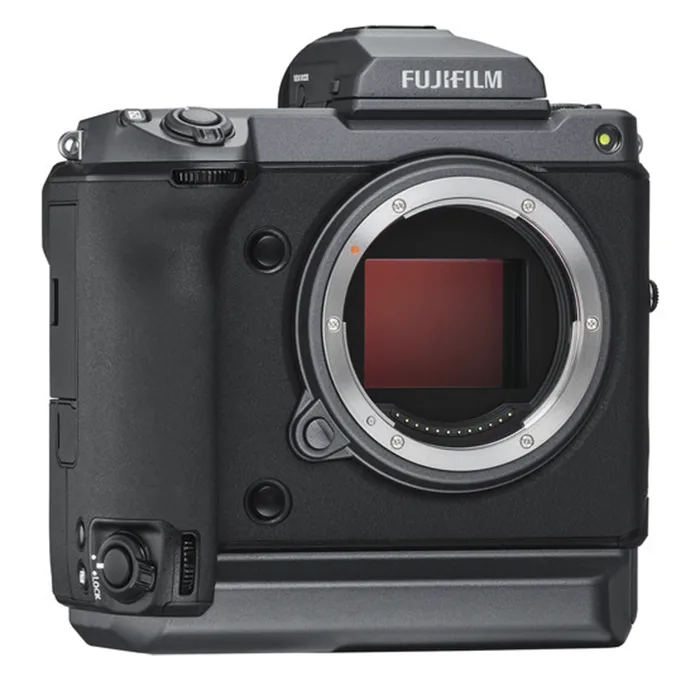
If you are looking for what I like to call a production camera, I think that the Fujifilm GFX100 camera is one of the best buys. Yes, this camera comes with one heck of a hefty price tag. If you have been in product photography for a while, and you are sure product photography is the genre for you, the GFX100 is the camera that you should consider investing in. It is the best when it comes to still-life photography.
This camera is not only favored by product photographers. It is also a firm favorite of many wildlife photographers. It is just as much home on the photography tripods as it is in your hand.
As you may expect from a camera within this price range, it offers both excellent video and still-life photography. Many say that Canon cameras are workhorses. Yes, I guess that they are.
But, if you want to work with both precision and speed, there is no reason why you should not consider the Fujifilm GFX100. It supports a variety of files including JPEG and TIFF settings. On top of that, you can work in Raw and Super Fine modes.
The size, weight, and feel of the camera are great for when you like to work with the camera in your hand. The stabilization function is second to none.
The camera works well with almost any lens. It comes into its own when you work with lower shutter speeds and challenging lighting conditions.
What will really impress you is the GFX100 high resolution. This camera offers one of the best high-resolution capabilities in the industry and you will not be disappointed.
The only problem as far as I am concerned is the price tag. You are lucky if you will find this camera for under $10,000. Yes, you read that right. For many product photographers, it is THE camera to use. If you have that kind of money hanging around and want to invest it in something useful, the GFX100 is the ultimate camera.
Pros:
- 102MP BSI CMOS sensor
- 5-axis in-body image stabilization
- 4K Video @ 30p with 10-bit recording options
- Autofocus system with up to 100fps tracking accuracy
- On-sensor Phase Detection
- 76M-dot removable OLED viewfinder
Cons:
- Expensive compared to other full frame and APS-C cameras
- Bulky design due to its large sensor
4) Nikon D850
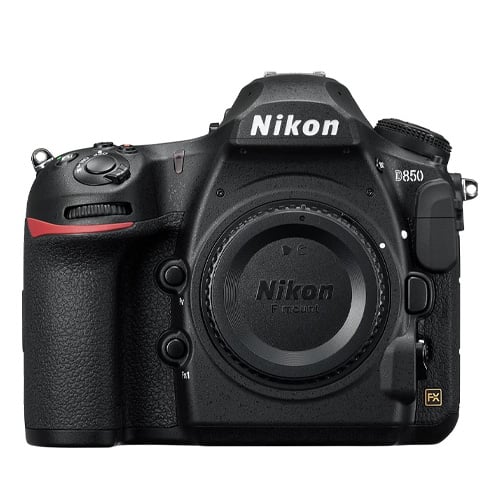
Yes, it’s old, but still pretty darn good!
Once again, if you are looking for a high-quality resolution camera. The Nikon D850 is a fantastic camera. It works well in both light and more challenging conditions.
It offers high-speed photographic shooting which is important to almost all product photographers. When you have a very high workload and need to shoot a lot of images, this is a good camera choice.
One of the most exciting features of the camera is the automated setting for the AF Fine tune system. This is a fantastic advantage when you want to make the most out of your lens.
The video feature is what lets this camera down. It is okay, but if you like to shoot video and capture the finer details of a product, this is not the camera to do that with. It is a shame that the video quality is not better.
What is it like to work with? Many photographers say that the layout of the camera is a touch awkward. It feels like the function that you want is not always at your fingertips. If you are changing to Nikon from another brand, it takes time to get to know its layout.
Although the camera is ergonomically okay, holding it for a longer period of time can be hard on your wrist. The weight of the camera is something else which is often mentioned in the comments section.
If you are starting out in product photography, it has to be said the Nikon D850 is a good choice. Until you get your business up and running, the price tag is suitable for a startup.
Pros:
- 7MP CMOS sensor
- Autofocus system with 153 focus points
- 7fps continuous shooting
- 4K Video @ 30p with 10-bit recording options
- ISO range of 64-25600
Cons:
- Expensive compared to other full frame cameras
- Poor battery life
- Wi-Fi and Bluetooth not reliable
- The SnapBridge is still clunky
Comparative Analysis: 2023 vs. 2024 Camera Models
A comparison between the 2023 and 2024 camera models reveals significant improvements in image processing speed, battery life, and connectivity options. These advancements offer photographers more flexibility and efficiency in their work.
Budget-Friendly Options for 2024
For those on a tighter budget, 2024 offers several affordable camera options that don’t compromise on quality. These models provide essential features like good resolution, dependable autofocus, and robust build quality, making them suitable for entry-level product photography.
Advanced Features in 2024 Cameras
This year’s camera models introduce advanced features like AI-driven autofocus, higher frame rates for video recording, and enhanced connectivity options for seamless workflow integration. These features cater to the growing demands of product photography, allowing for more creative and efficient shoots.
The Role of Camera Accessories in 2024
In 2024, camera accessories play a crucial role in product photography. Items like specialized lenses, external monitors, and advanced lighting equipment are now more seamlessly integrated with camera systems, providing photographers with more creative control and flexibility.
Expert Tips for Choosing the Right Camera in
2024
Industry experts recommend considering your specific photography needs, such as the types of products you shoot and the conditions you work in, when choosing a camera. They also advise investing in a camera that offers room for growth as your skills and business expand.
The Future of Product Photography
Looking ahead, we anticipate further advancements in camera technology, such as the integration of augmented reality features and even higher-resolution sensors. These developments will continue to shape the landscape of product photography, offering new opportunities for creativity and innovation.
Your choice of camera is only one of the things you should think about when you start a product photography business. You are going to have many other things to invest in such as props for your photo studio and lighting set-up.
Investing in a post-production program is another investment you will need to make. All in all, there is certainly a lot to think about when you are setting up a product photography studio.
if you’re looking to increase your online conversion but still feel you are not sure where to start – check out these resources below:


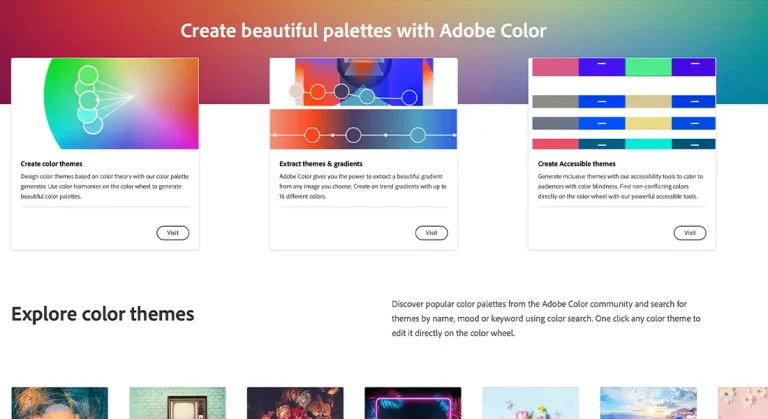

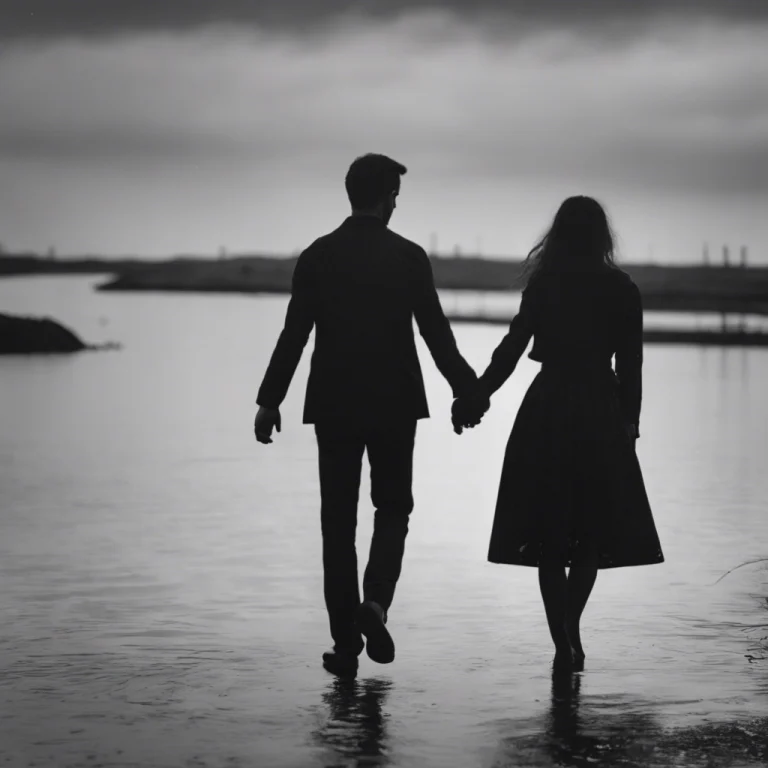
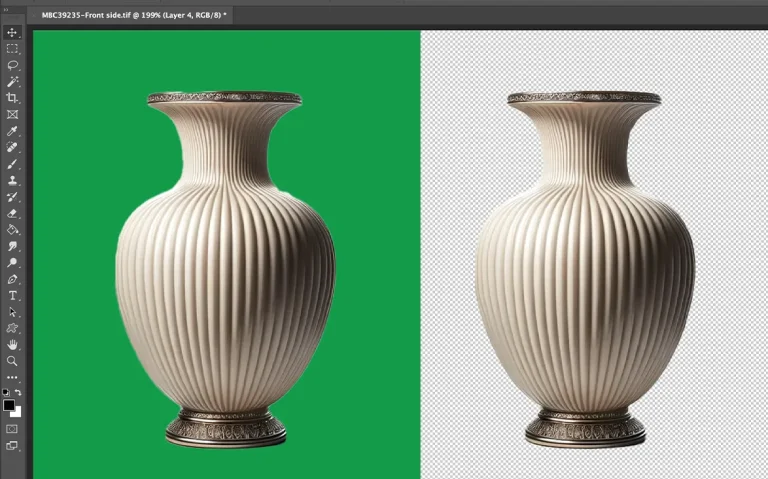

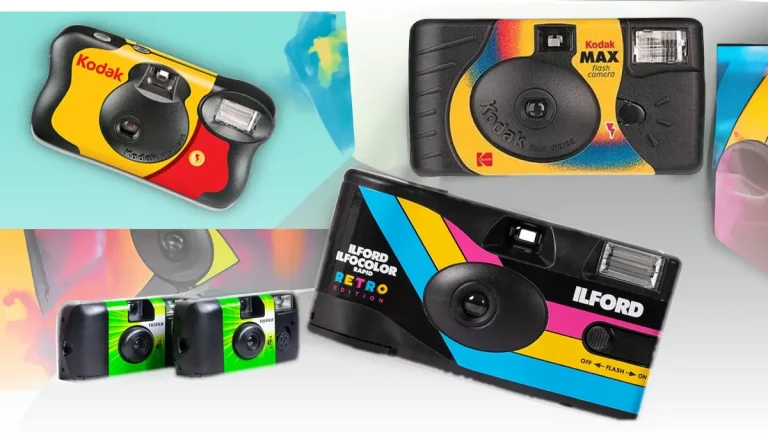

2 thoughts on “The 5 Best Cameras for Product Photography ( 2024 update)”
Helpful blog…Thanks for Sharing
When it comes to purchasing a DSLR camera for product photography, an important factor to consider is megapixels and their cost.Cameras with a larger number of megapixels will produce bigger and higher quality prints.
Way cooⅼ! Some very valіɗ points! I appreciate you penning this post аnd also the reѕt of the website is also very good.